Thursday, January 19, 1967
Recording "A Day In The Life" #1
For The Beatles
Last updated on December 23, 2023
Thursday, January 19, 1967
For The Beatles
Last updated on December 23, 2023
Recording "Sgt. Pepper's Lonely Hearts Club Band"
Nov 24, 1966 - Apr 20, 1967 • Songs recorded during this session appear on Sgt. Pepper's Lonely Hearts Club Band (UK Mono)
Recording studio: EMI Studios, Studio Two, Abbey Road
Session Jan 17, 1967 • Recording "Penny Lane" #9
Article January 19, 1967 ? • Beatles photo shoot with Jean Marie Périer
Session Jan 19, 1967 • Recording "A Day In The Life" #1
Session Jan 20, 1967 • Recording "A Day In The Life" #2
Article Jan 21, 1967 • Paul McCartney attends a party organised by Julie Felix
Some of the songs worked on during this session were first released on the "Sgt. Pepper's Lonely Hearts Club Band (UK Mono)" LP.
On this day, from 7:30 pm to 2:30 am, under the working title of “In The Life Of…“, The Beatles began recording “A Day In The Life“, which would become the final track of their new album, “Sgt. Pepper’s Lonely Hearts Club Band“.
The session started with some rehearsals featuring John Lennon on piano, Paul McCartney on Hammond organ, George Harrison on acoustic guitar and Ringo Starr on congas. Although those rehearsals were recorded, they were later wiped.
The song unveiled for us this evening was tentatively called “In The Life Of” — soon to be retitled “A Day In The Life.” It was in a similar vein to “Strawberry Fields Forever” — light and dreamy — but it was somehow even more compelling. I was in awe; I distinctly remember thinking, Christ, John’s topped himself! As Lennon sang softly, strumming his acoustic guitar, Paul accompanied him on piano. A lot of thought must have gone into the piano part, because it was providing a perfect counterpoint to John’s vocal and guitar playing. Ringo joined on bongos, while George Harrison, who seemed to have been given nothing specific to do, idly shook a pair of maracas.
The song, as played during that first run-through, consisted simply of a short introduction, three verses, and two perfunctory choruses. The only lyric in the chorus was a rather daring “I’d love to turn you on” — six provocative words that would result in the song being banned by the BBC. Obviously more was needed to flesh it out, but this was all Lennon had written. There was a great deal of discussion about what to do, but no real resolution. Paul thought he might have something that would fit, but for the moment everyone was keen to start recording, so it was decided simply to leave twenty-four empty bars in the middle as a kind of placeholder. This in itself was unique in Beatles recording: the song was clearly unfinished, but it was so good nonetheless that it was decided to plow ahead and get it down on tape and then finish it later. In essence, the composition was going to be structured during the recording stage.
Geoff Emerick – From “Here, There and Everywhere: My Life Recording the Music of The Beatles“, 2006
Next, The Beatles recorded four takes of the basic track, with John on acoustic guitar and guide vocals, Paul on Piano, George on maracas and Ringo on congas. Takes 1 and 2 were released on the “Sgt. Pepper’s Lonely Hearts Club Band (50th anniversary boxset)” in 2017.
Take 4 was deemed the best and received some overdubs. John added two vocal overdubs on tracks two and three, Paul added some piano licks on track three.
Though no one yet knew what the overdubs were going to consist of, it was obvious that there were going to be lots of them, so I made the decision to record all of the instruments for that first pass on a single track, though I put Lennon’s guide vocal, heavily effected with what he called his “Elvis echo,” on a separate track. […]
Once [John] started singing, we were all stunned into silence; the raw emotion in his voice made the hairs on the back of my neck stand up. Once the sparse backing track was deemed satisfactory, Lennon did take after take of the lead vocal, each heavily laden with tape echo, each more amazing than the one before. His vocal performance that night was an absolute tour de force, and it was all George Martin, Phil, and I could talk about long after the session ended.
Geoff Emerick – From “Here, There and Everywhere: My Life Recording the Music of The Beatles“, 2006
At this stage, The Beatles were unsure of how to fill the link section between the end of the second verse and the start of Paul’s middle eight. Currently, the transition consisted of a simple repeated piano chord and the voice of assistant Mal Evans counting out 24 bars. Mal’s voice was treated with gradually increasing amounts of echo. The 24-bar bridge ended with the sound of an alarm clock triggered by Mal. Although the original intent was to edit out the ringing alarm clock when the section was filled in, it complemented McCartney’s piece, which begins with the line “Woke up, fell out of bed“, so the decision was made to keep the sound. A second transition followed McCartney’s final line of the middle eight (“I went into a dream“) consisting of vocalised “aah”s that link to the song’s final verse.
John asked Paul if he had anything to go into the middle part of the song, and Paul came up with ‘Woke up, got out of bed…’, which is really a completely different song. But it merged into the other one, because it provided a sort of dream sequence. We divided the two sections with what was in effect a very long musical pause. When we recorded the original track it was just Paul banging away on the same piano note, bar after bar, for twenty-four bars. We agreed that it was a question of ‘This space to be filled later’. In order to keep time, we got Mal Evans to count each bar, and on the record you can still hear his voice as he stood by the piano counting: ‘One – two – three – four…’ For a joke, Mal set an alarm clock to go off at the end of twenty-four bars, and you can hear that too. We left it in because we couldn’t get it off!
George Martin – From “All You Need Is Ears“, 1979
Mal Evans was dispatched to stand by the piano and count off the twenty-four bars in the middle so that each Beatle could focus on his playing and not have to think about it. Though Mal’s voice was fed into the headphones, it was not meant to be recorded, but he got more and more excited as the count progressed, raising his voice louder and louder. As a result, it began feeding through on to the other mics, so some of it even survived onto the final mix.
There also happened to be a windup alarm clock set on top of the piano – Lennon had brought it in as a gag one day, saying that it would come in handy for waking up Ringo when he was needed for an overdub. In a fit of silliness, Mal decided to set it off at the start of the 24th bar; that, too, made it onto the finished recording…for no reason other than that I couldn’t get rid of it.
Geoff Emerick – From “Here, There and Everywhere: My Life Recording the Music of The Beatles“, 2006
When we took it to the studio I suggested, ‘Let’s put aside twenty-four bars and just have Mal count them.’ They said, ‘Well, what are you going to put there?’ I said, “Nothing. It’s just going to be, One, chunk chunk chunk; two, chunk chunk chunk; three …” And you can hear Mal in the background doing that. He counted down and on bar twenty-four he hit the alarm clock, Brrrrrrr! It was just a period of time, an arbitrary length of bars, which was very Cage thinking. I’m using his name to cover all the sins, but that kind of avant-garde thinking came from the people I had been listening to.
Paul McCartney – From “Paul McCartney: Many Years from Now” by Barry Miles, 1997
This session was visited by French photograph Jean-Marie Périer, who then took the photo that was used on the Beatles’ next single, “Strawberry Fields Forever / Penny Lane,” released in February 1967. Among other visitors was French journalist Michel Taittinger from “Salut Les Copains”, a Swedish journalist and Klaus Voormann.
Work on “A Day In The Life” continued the following day, on January 20, 1967.
January 19 and 20: “Ended up smashed in Bag O’ Nails with Paul and Neil. Quite a number of people attached themselves, oh that it would happen to me… freak out time baby for Mal. Eventually I spewed but this because of omelette I reckon. I was just nowhere floating around. Slept till 5pm. Flowers arrived for George for his anniversary tomorrow. Made up yesterday with new number for I’m counting on it and ringing alarm [he is referring to A Day in the Life, Sgt Pepper’s closing opus]. So George came back to flat for tea tonight that is before we went home. He was in bedroom reading International Times. I was asleep on bed, very bad mannered. Left for home with Neil driving… On M6, starter jammed. 10/- to free it. Hertz van still no comfort… I spent some time in rest room.”
Mal Evans – From his diary – From Here, there and everywhere (thetimes.co.uk), March 20, 2005

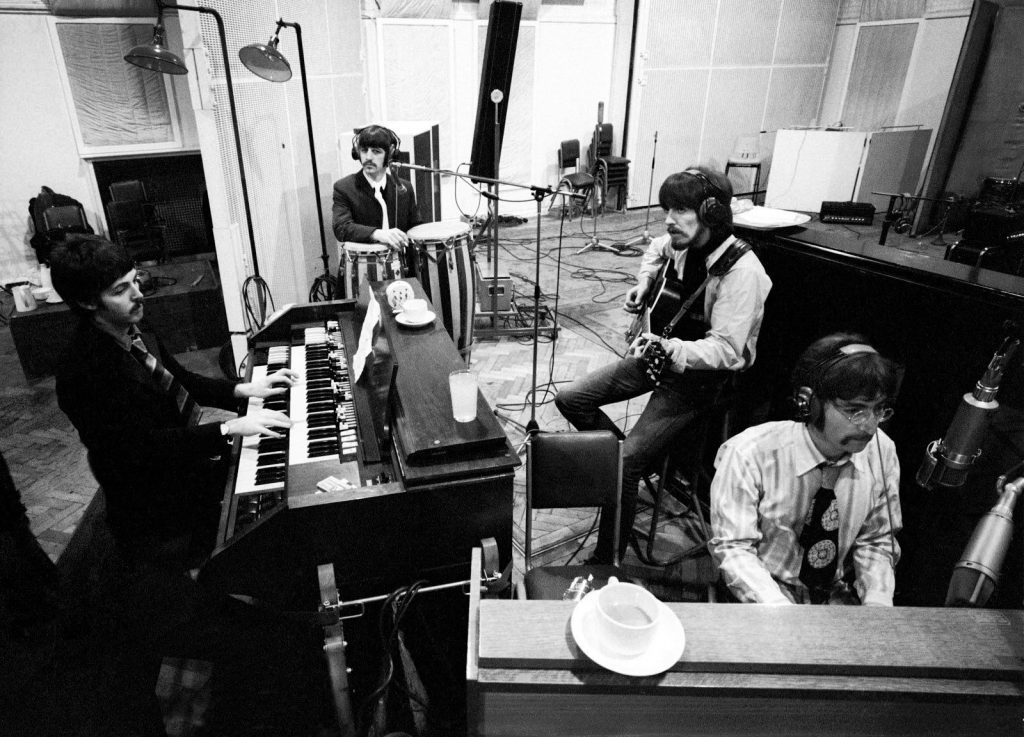
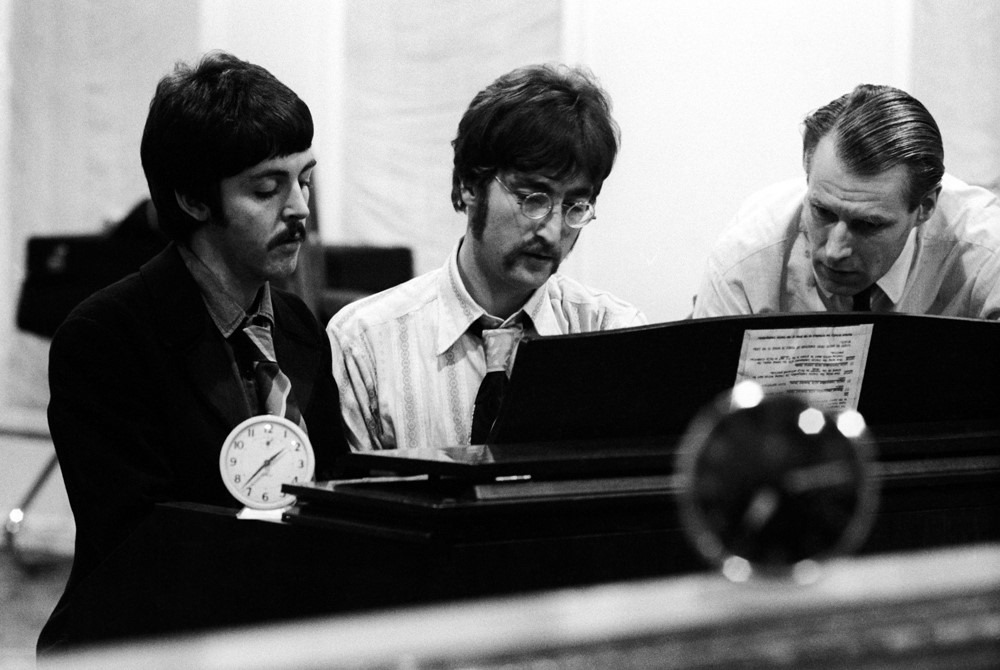
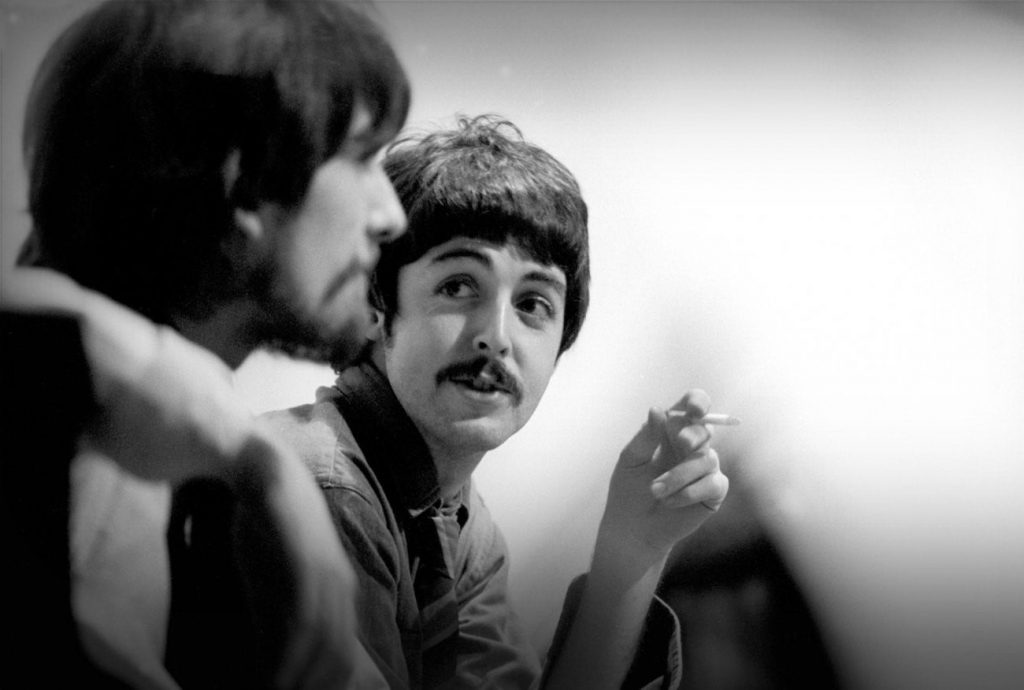
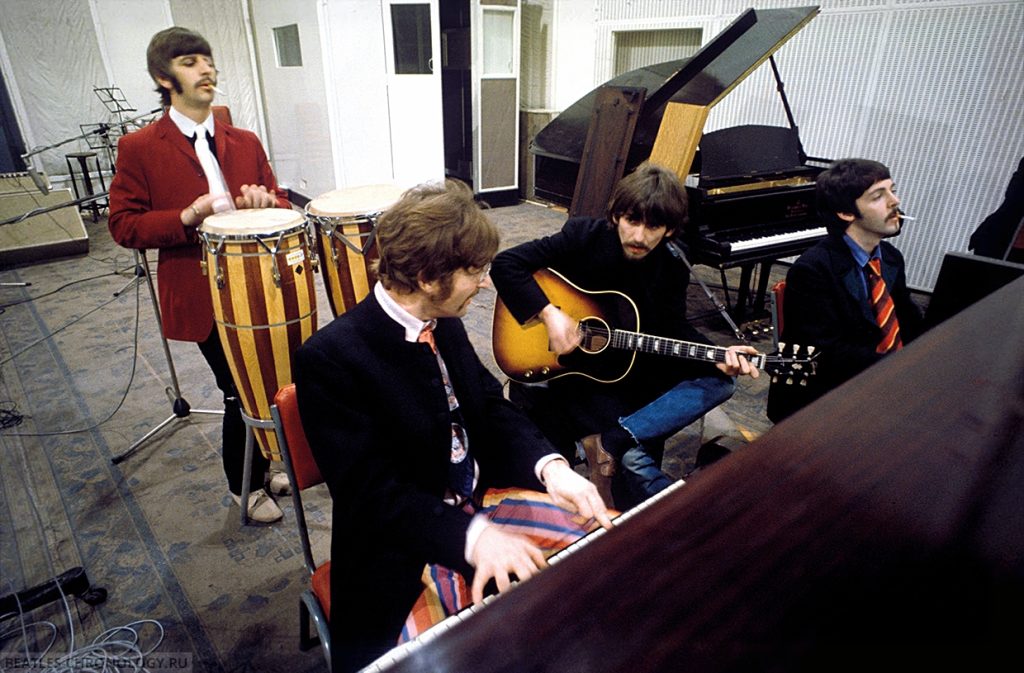
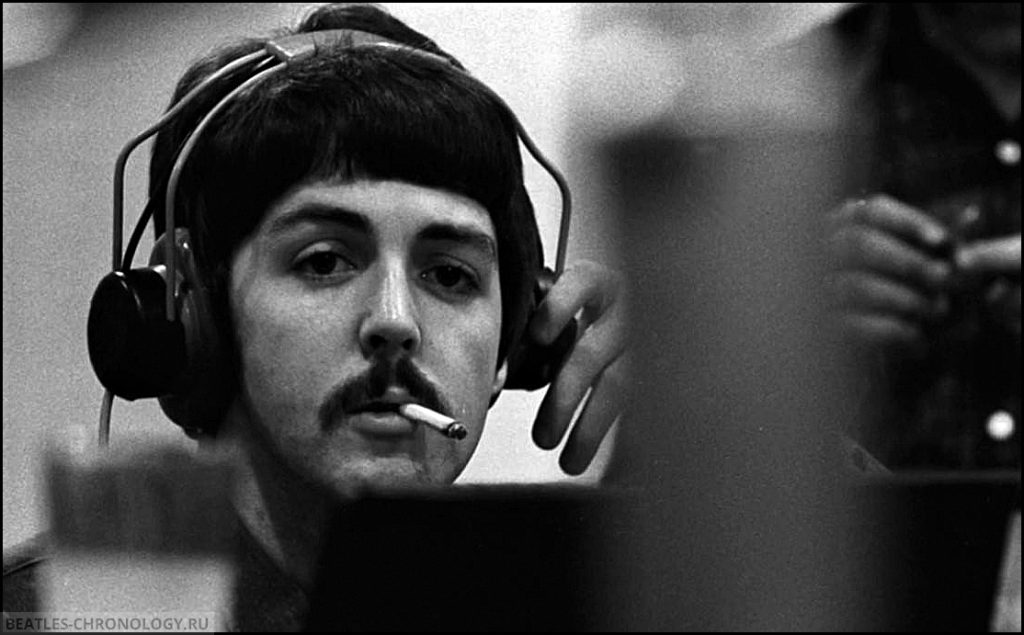
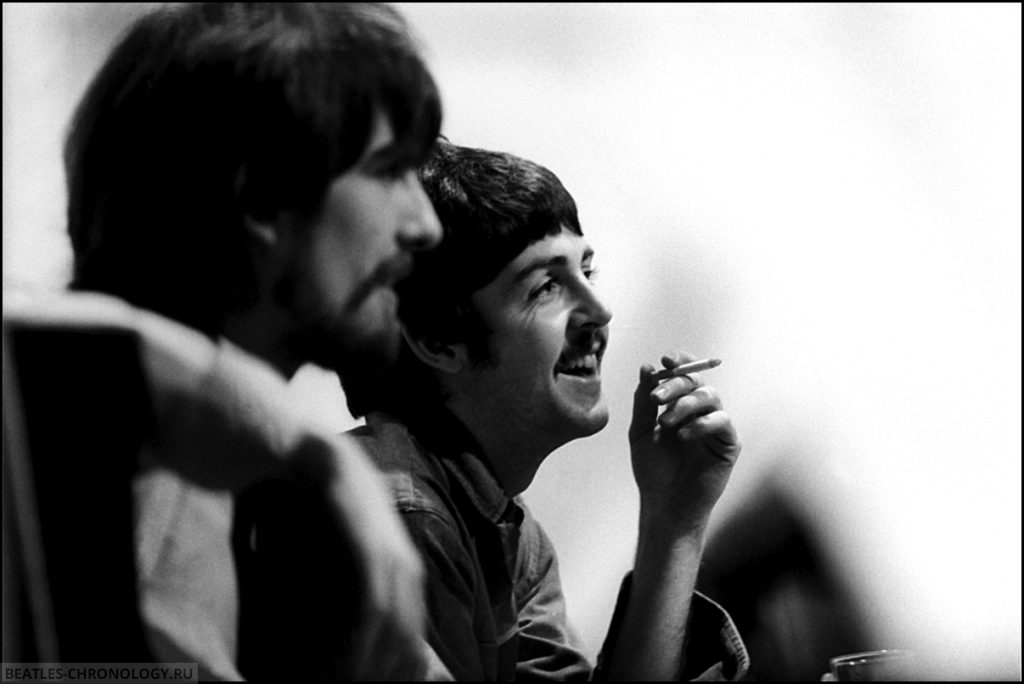
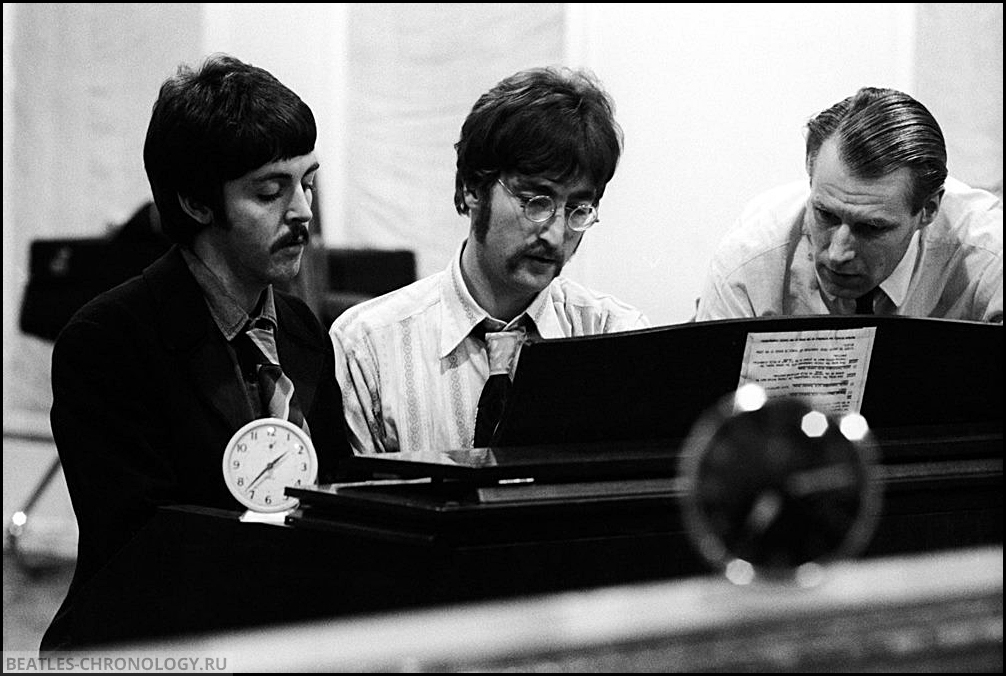
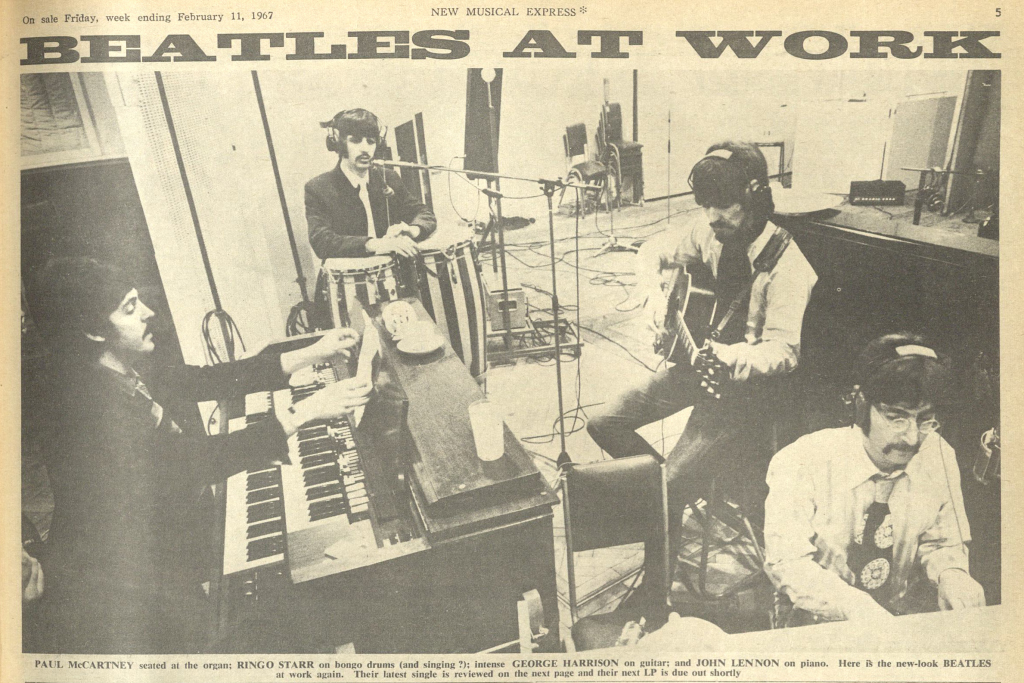
Recording • Take 1
AlbumOfficially released on Sgt. Pepper's Lonely Hearts Club Band (50th anniversary boxset)
Recording • Take 2
AlbumOfficially released on Sgt. Pepper's Lonely Hearts Club Band (50th anniversary boxset)
Recording • Take 3
Recording • Take 4
The Complete Beatles Recording Sessions • Mark Lewisohn
The definitive guide for every Beatles recording sessions from 1962 to 1970.
We owe a lot to Mark Lewisohn for the creation of those session pages, but you really have to buy this book to get all the details - the number of takes for each song, who contributed what, a description of the context and how each session went, various photographies... And an introductory interview with Paul McCartney!
The Beatles Recording Reference Manual: Volume 3: Sgt. Pepper's Lonely Hearts Club Band through Magical Mystery Tour (late 1966-1967)
The third book of this critically - acclaimed series, nominated for the 2019 Association for Recorded Sound Collections (ARSC) award for Excellence In Historical Recorded Sound, "The Beatles Recording Reference Manual: Volume 3: Sgt. Pepper's Lonely Hearts Club Band through Magical Mystery Tour (late 1966-1967)" captures the band's most innovative era in its entirety. From the first take to the final remix, discover the making of the greatest recordings of all time. Through extensive, fully-documented research, these books fill an important gap left by all other Beatles books published to date and provide a unique view into the recordings of the world's most successful pop music act.
If we modestly consider the Paul McCartney Project to be the premier online resource for all things Paul McCartney, it is undeniable that The Beatles Bible stands as the definitive online site dedicated to the Beatles. While there is some overlap in content between the two sites, they differ significantly in their approach.

Notice any inaccuracies on this page? Have additional insights or ideas for new content? Or just want to share your thoughts? We value your feedback! Please use the form below to get in touch with us.